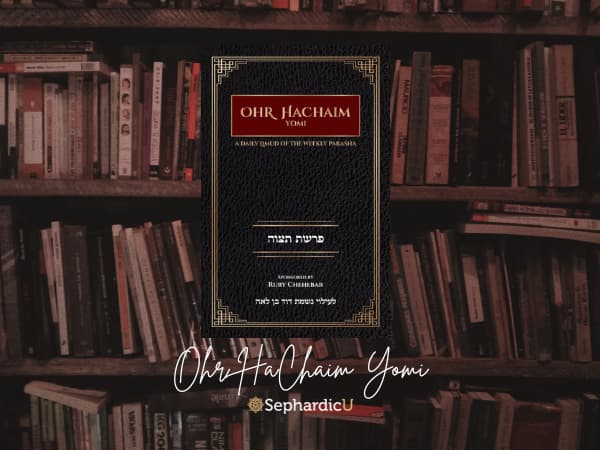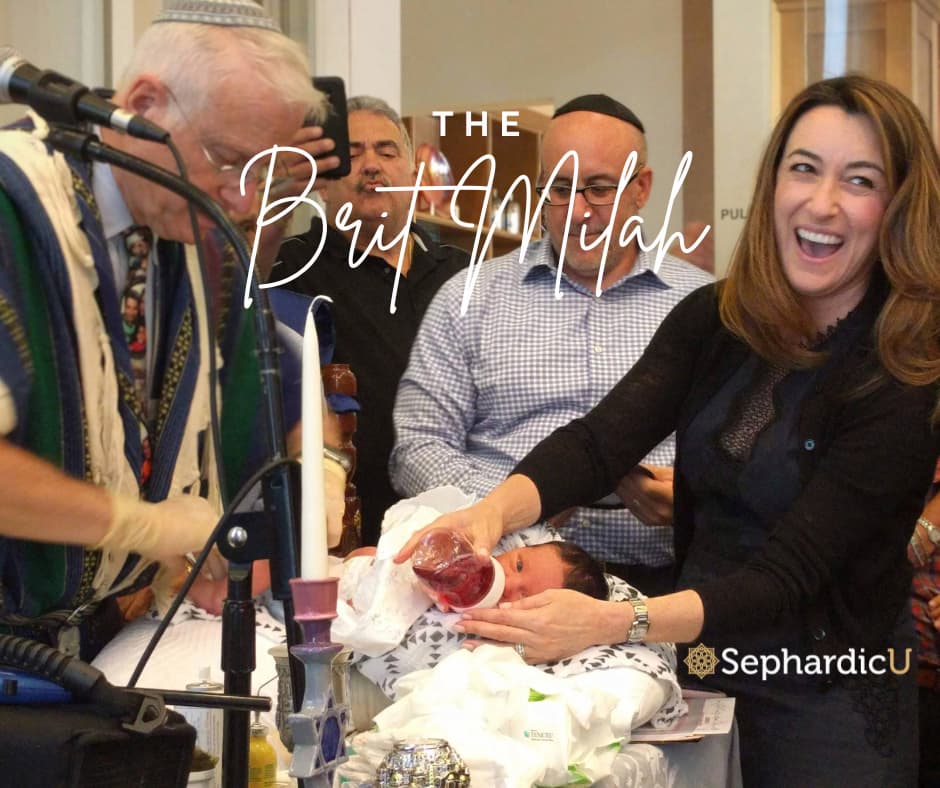וַיַּ֗עַשׂ אֵ֚ת הַכִּיּ֣וֹר נְחֹ֔שֶׁת וְאֵ֖ת כַּנּ֣וֹ נְחֹ֑שֶׁת בְּמַרְאֹת֙ הַצֹּ֣בְאֹ֔ת אֲשֶׁ֣ר צָֽבְא֔וּ פֶּ֖תַח אֹ֥הֶל מוֹעֵֽד:
This seemingly trivial detail, not included in God’s instructions to the builders of the tabernacle, but rather an extemporaneous decision of Moses, directs us towards a very serious problem in marital relationships, that of spouses who grow tired or bored of each other at a certain stage of their marriage. There are marriage counselors who suggest that the spouses will seek adventure in the form of extra-marital affairs, and there are those who seek such affairs on their own. One does not need to stretch his memory to recall a list of American public figures, mostly men, whose dissatisfaction with their spouses led them to commit preposterous acts. The case of John Edwards was particularly troubling, as he was having an affair while his wife was battling with cancer.
Moses made the basin and its base from copper, from the mirrors of the gathering women, who gathered at the gate of the tent of meeting.
(Ex. 38:8)
This problem is not new, and in antiquity, men came up with what they thought was a brilliant solution for it. Pagan religions created a dual system of physical relationships, a system which abused women in order to satisfy the demand of men to produce children who will carry their genes, while simultaneously having non-committal relationships. That system was cult prostitution, and the women serving the men’s needs are referred to in the bible as Qedesha, from the root Q.D.SH. – sanctified or designated, since they provided that “service” on the temple premises. The existence of religiously sanctioned prostitution enabled men to have a dual relationship, marrying for the sake of having children, and satisfying their carnal needs under the pretext of religious rites.
The Torah is bent to relinquish this practice. Already in the second chapter of Genesis we read:
עַל־כֵּן֙ יַֽעֲזָב־אִ֔ישׁ אֶת־אָבִ֖יו וְאֶת־אִמּ֑וֹ וְדָבַ֣ק בְּאִשְׁתּ֔וֹ וְהָי֖וּ לְבָשָׂ֥ר אֶחָֽד:
A man shall therefor leave his father and mother and cling to his wife, and they shall become one flesh. (Gen. 2:24)
The emphasis here is on the man. He must leave his parents, who for him symbolize the providers of all his needs and be fully committed to his wife, never wavering, and never looking elsewhere to satisfy his needs.
Though the bible does not openly forbid bigamy, Hakham Yitzhak Sassoon suggests that the verse traditionally understood as a prohibition against marrying one’s wife’s sister, is actually a rejection of bigamy: Do not marry a woman, and another woman, to make her an adversary [to the first] and to expose her shamefully in her lifetime (Lev. 18:18). As a support for this interpretation, one should consider all the cases of bigamy or polygamy mentioned in the bible, none of which had a happy end. This is another proof that the bible advocates deep and long-lasting relationships between husband and wife.
Another area where we can see the concern for wholesome relationships is in the way the bible treats divorce. It was allowed only in extreme cases, where there was hatred between husband and wife, and we do not know of any biblical couple who got divorced. When the prophet Malachi (2:14) wants to rebuke the Israelites for abandoning God, he uses the analogy of divorce, and then describes with very strong words a failed relationship, putting the blame on the man:
יְיָ הֵעִ֨יד בֵּינְךָ֜ וּבֵ֣ין׀ אֵ֣שֶׁת נְעוּרֶ֗יךָ אֲשֶׁ֤ר אַתָּה֙ בָּגַ֣דְתָּה בָּ֔הּ וְהִ֥יא חֲבֶרְתְּךָ֖ וְאֵ֥שֶׁת בְּרִיתֶֽךָ
God has testified [in the trial] between you and the woman of your youth, whom you have betrayed, while she is your friend and the woman of your covenant.
The biblical ideal, of course, is somewhat utopian, and there are many cases when it is necessary for spouses to part ways, for the sake of their sanity and that of their children, but it is important to understand that the ideal relationship according to the bible is a monogamous one, compared to a covenant, and imbued with love, affection, and respect.
We could safely say that the center of gravity of an observant Jew’s life, according to the Torah, is not the sacred place, but the home. Better yet, the home becomes the sacred place, and the marital relationships a divine covenant. The tabernacle is a replica of the ideal home, and its Holy of Holies symbolizes the private chambers and the intimate love between a husband and wife. The Torah which is contained in the ark is called Tree of Life, and an ideal couple creates loving relationships and true commitment, thus eating from its fruits and correcting the misdeeds of the first couple, Adam and his wife.
The women who congregated at the Tabernacle, thought that they will be requested to offer the pagan service of cult prostitution in that newly minted holy place. Moses tells them that the Torah’s approach is diametrically opposed to that of paganism, and that men should invest in creating a wholesome relationship with their wives. The mirrors, the accessories of promiscuity, were brilliantly converted by Moses into a vessel serving the Kohanim for cleanliness. Having clean hands is a biblical metaphor for honesty and transparency, and so the conversion of the mirrors to the washing basin symbolizes the rejection of duplicity and unfaithfulness. Moses’ act serves as a call to bring the spirituality of man and woman into marital relationship, and with love, commitment, and honesty, build together a life revolving around their own Holy of Holies.
Ref:
- See the cases of Lemekh, Abraham, Jacob, Elkana, David, and Shelomo.
- פסיקתא זוטרתא, שיר השירים, א: הביאני המלך חדריו… כענין שנאמר (ירמיה לא, ב) ואהבת עולם אהבתיך על כן משכתיך חסד. וכאן הביאני השם חדריו, בחדרי התורה והמצות, ובחדרי מקדשו
- The rampant evidence of the persistence of this cult in ancient Israel is beyond the scope of this article, and I hope to write about it in the future. In the meantime, those interested can look up these biblical sources: Gen. 38; Lev. 21:9; Num. 25:1-9; Deut. 23:18-19; 1 Sam. 2:22; 2 Kings 23:7; Is. 3:16-23.
- Compare to the conversion of the pans of Korah’s congregation into plating for the altar in Num. 17:1-5.
- See Is. 1:15-16; Ps. 24:4 and 26:6.








Ohr HaChaim Yomi – Emor